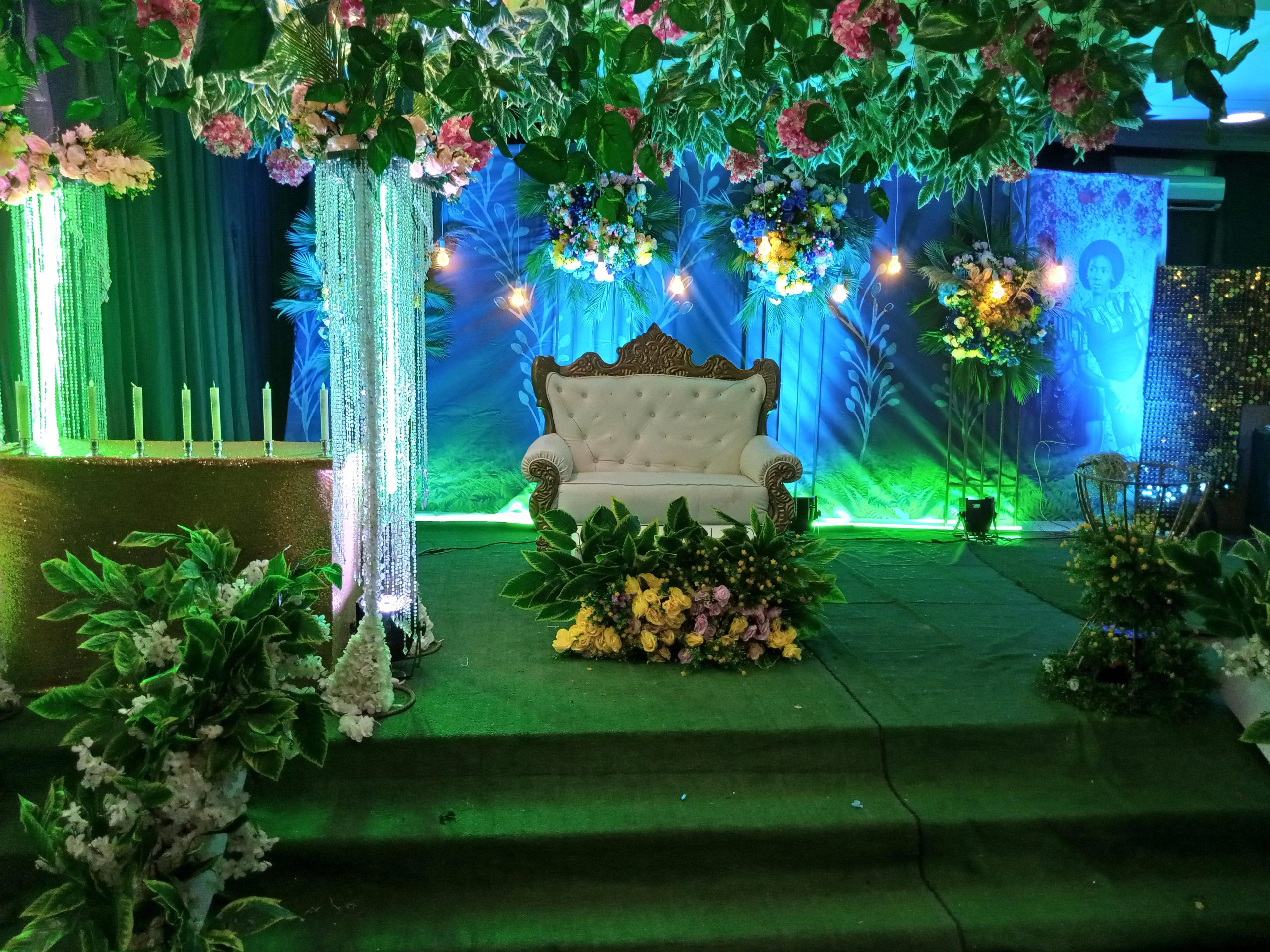When it comes to planning an event, the design and décor play a crucial role in creating a memorable and immersive experience for attendees. From corporate conferences to weddings and social gatherings, the right event design can transform a space and leave a lasting impression. Here’s a guide on how to create stunning visual experiences through event design and décor.
1. Define the Event Theme and Atmosphere: Start by defining the theme and atmosphere you want to create. Consider the purpose of the event and the emotions you want to evoke. Whether it’s elegant and sophisticated, fun and vibrant, or serene and intimate, clarity on the desired atmosphere will guide your design choices.
2. Choose a Color Palette: Select a color palette that complements the event theme and evokes the desired mood. Consider the psychology of colors and their impact on emotions. Harmonize the colors across various elements, such as décor, lighting, linens, and floral arrangements, to create a cohesive visual experience.
3. Focus on Lighting: Lighting can dramatically enhance the ambiance and aesthetics of an event. Use a combination of natural and artificial lighting to create different effects. Incorporate uplighting, spotlights, and ambient lighting to highlight key areas, create focal points, and set the right mood.
4. Play with Texture and Fabrics: Incorporate various textures and fabrics into your event design to add depth and visual interest. Experiment with different materials, such as velvet, silk, or rustic wood, to create a tactile experience. Use table linens, drapery, and furniture upholstery to enhance the overall look and feel.
5. Pay Attention to Centerpieces and Tablescapes: Centerpieces and tablescapes can be focal points that tie the entire event design together. Consider using unique vases, candles, floral arrangements, or thematic props to create eye-catching table arrangements. Ensure that the centerpieces are proportionate to the table size and allow for comfortable conversation among guests.
6. Incorporate Creative Signage: Creative signage not only serves as a functional element but also adds personality to the event design. Design attractive welcome signs, directional signs, and informational displays that align with the overall theme. Consider using innovative materials, such as chalkboards, acrylics, or LED screens, to make the signage stand out.
7. Utilize Props and Decorative Elements: Props and decorative elements can transform a space and enhance the theme. Incorporate thematic props, such as vintage furniture, sculptures, or themed backdrops, to create immersive experiences. Use creative installations, such as hanging installations or statement pieces, to grab attention and create memorable photo opportunities.
8. Create Unique Seating Areas: Design seating areas that encourage interaction and provide comfort. Incorporate lounge seating, cozy nooks, or themed seating arrangements to create distinct spaces within the event. Pay attention to the furniture style, upholstery, and arrangement to ensure a cohesive design throughout the venue.
9. Consider the Flow of the Space: Plan the layout and flow of the event space to optimize the visual impact. Ensure that the design elements seamlessly guide attendees from one area to another. Pay attention to transitions, such as entrances, walkways, and stage areas, and create visual interest along these paths.
10. Incorporate Branding Elements: For corporate events, incorporate branding elements seamlessly into the event design. Use company logos, colors, and messaging in a tasteful and cohesive manner. Customized branding can create a sense of identity and reinforce the event’s purpose.
11. Collaborate with Professional Event Designers: When in doubt or for more elaborate events, consider working with professional event designers and decorators. They have the expertise, creative vision, and industry knowledge to bring your event design ideas to life

